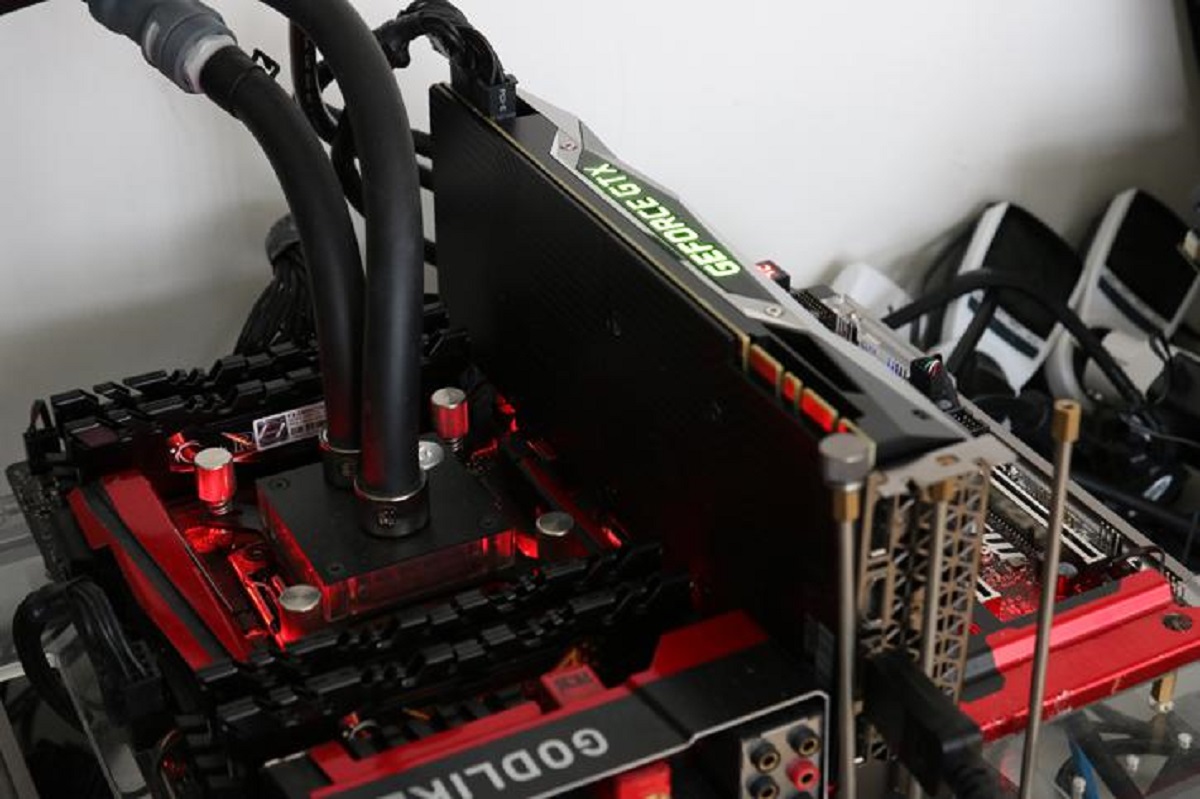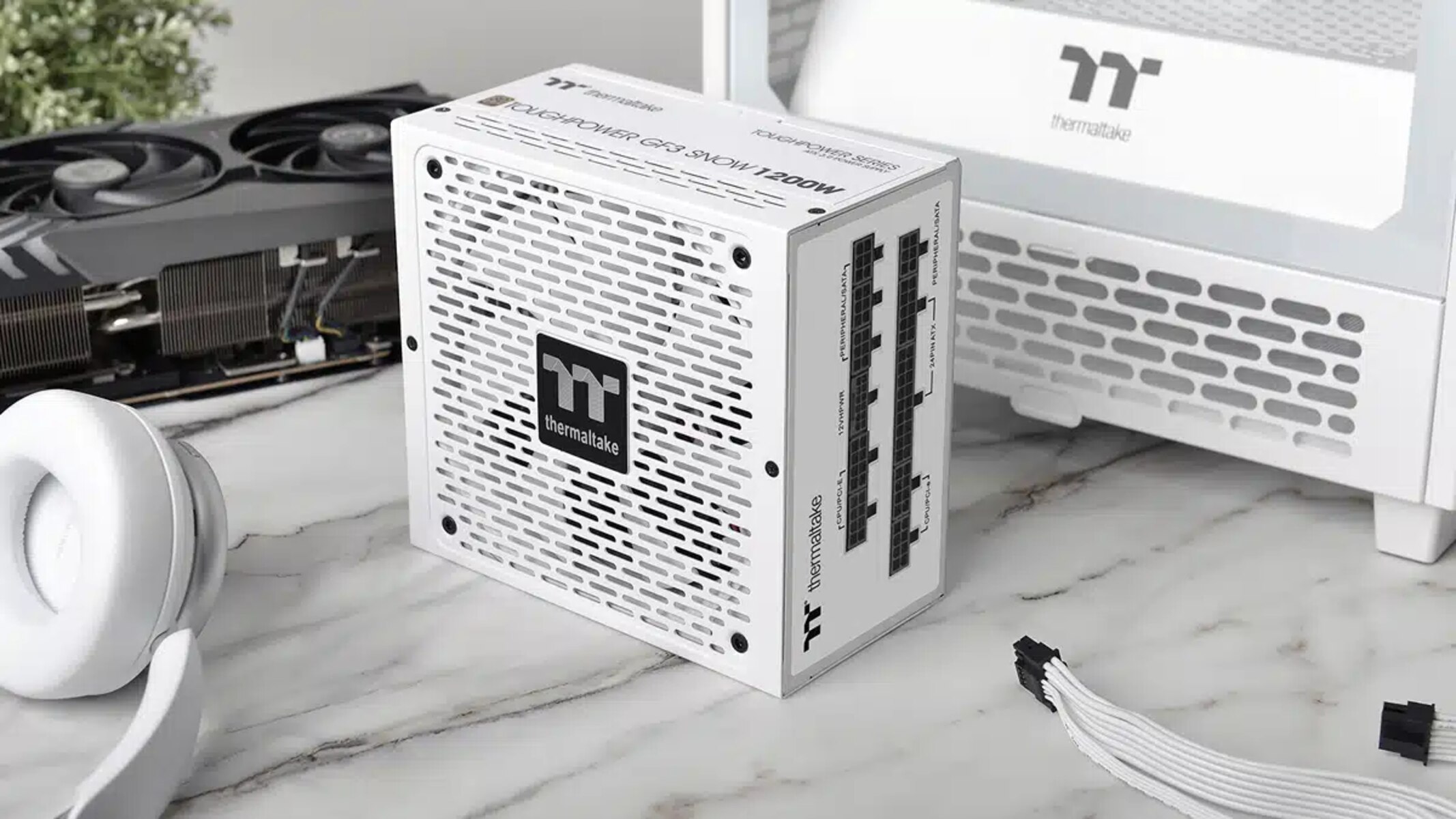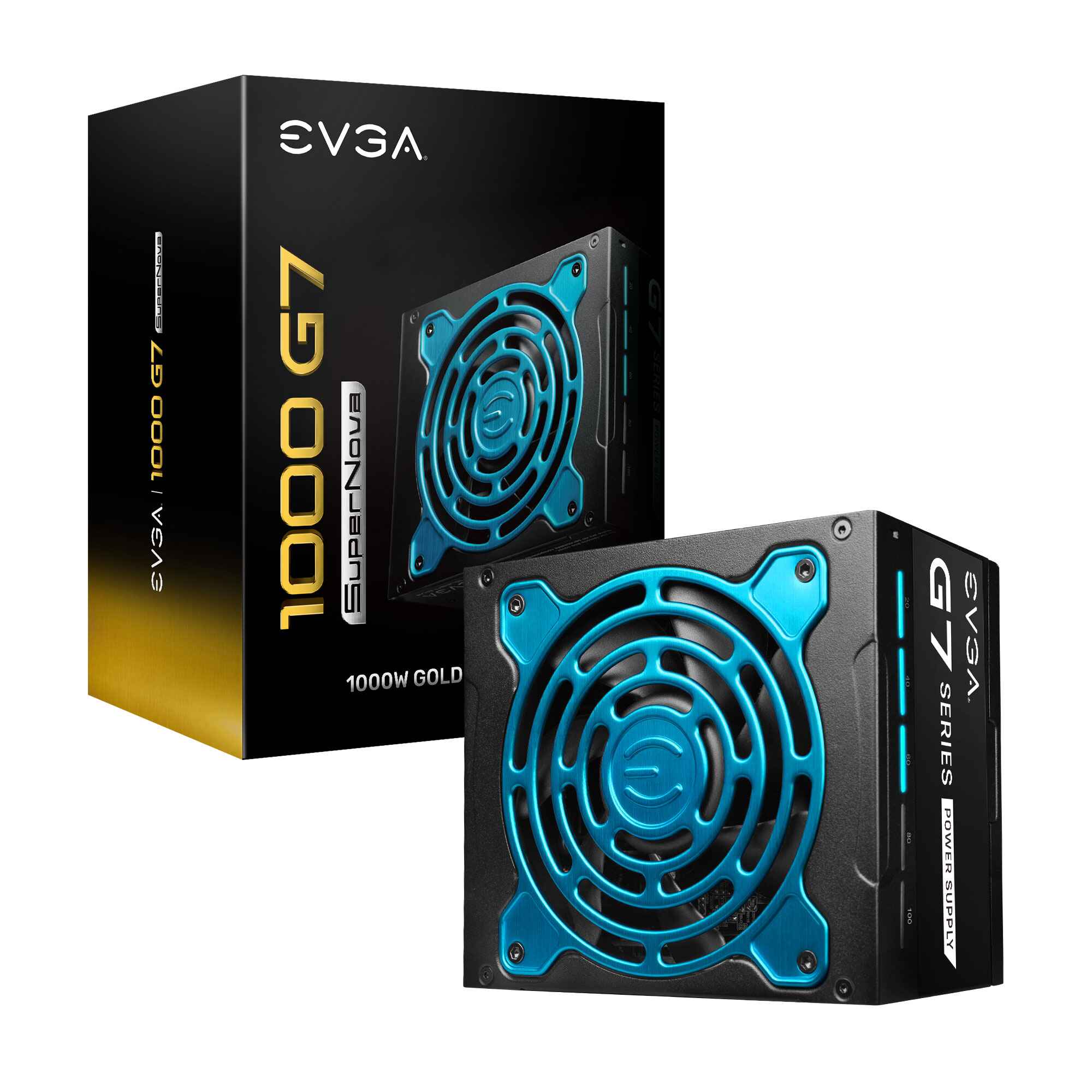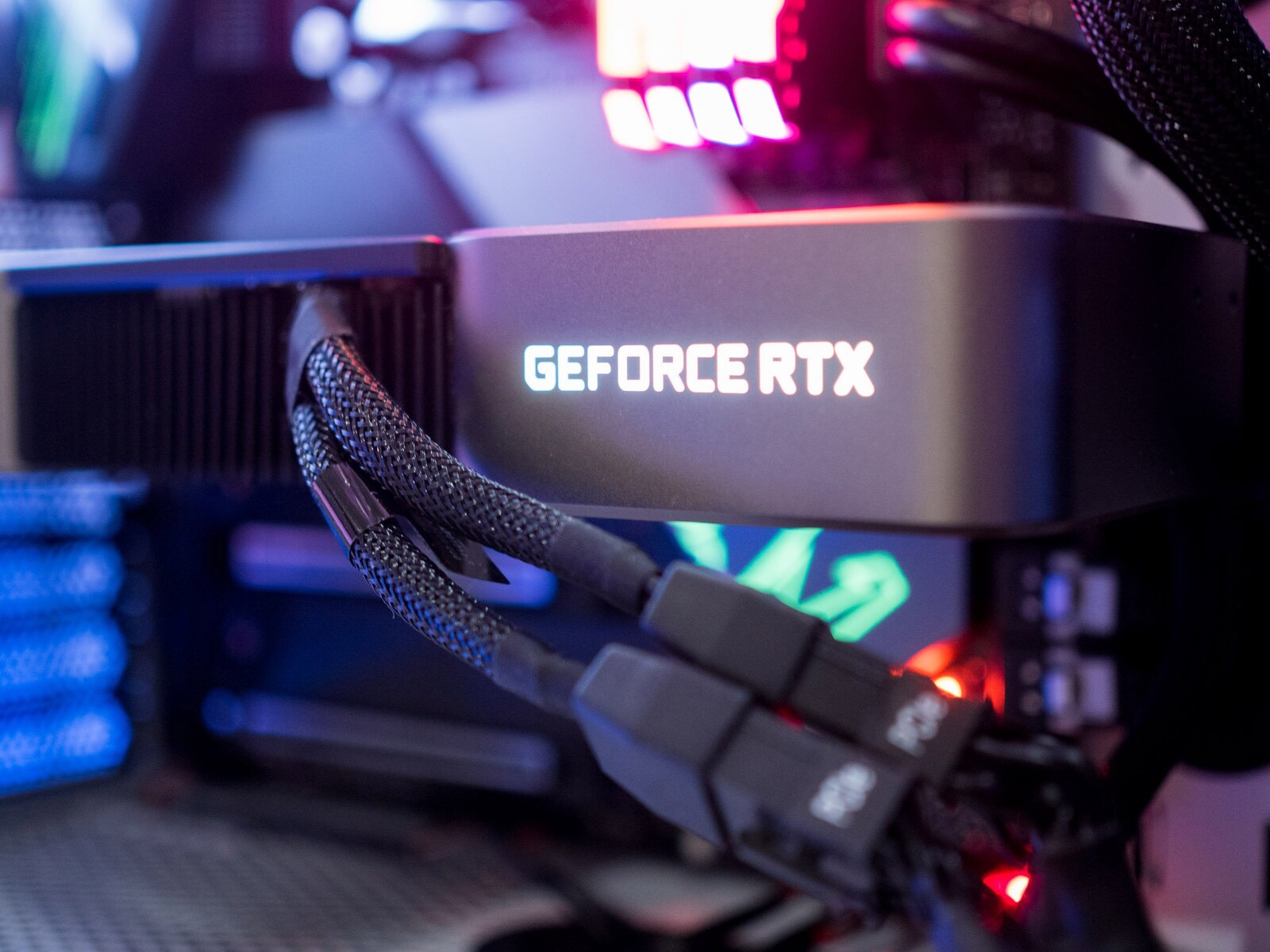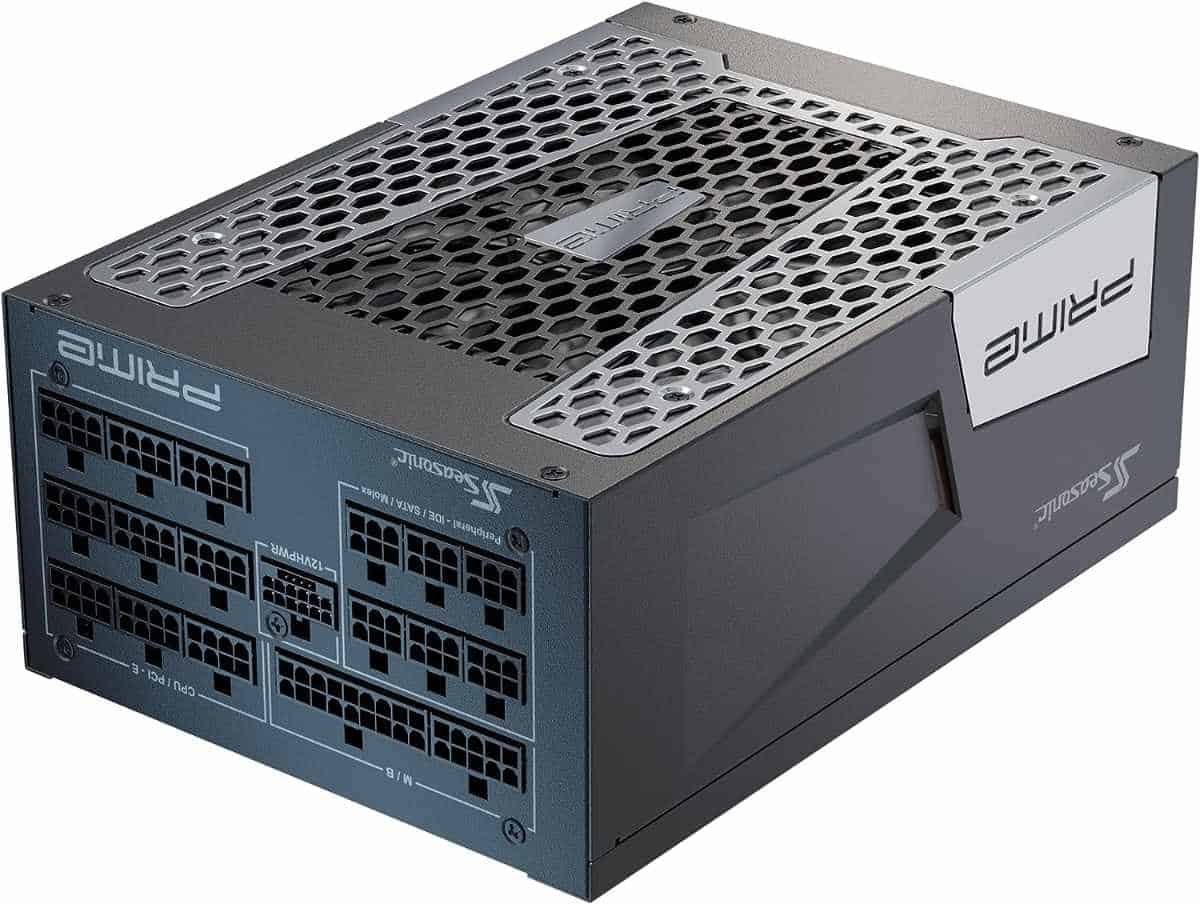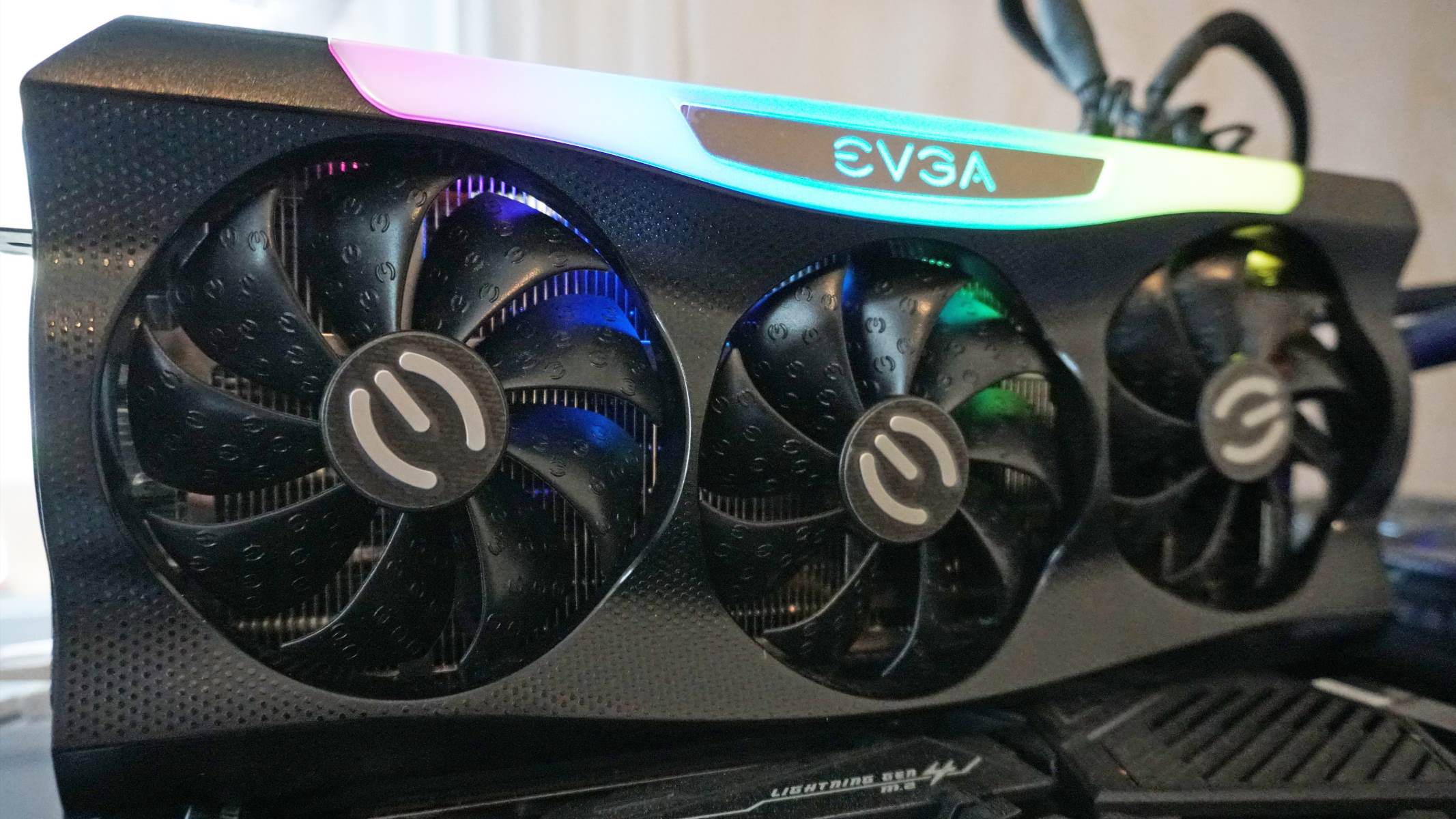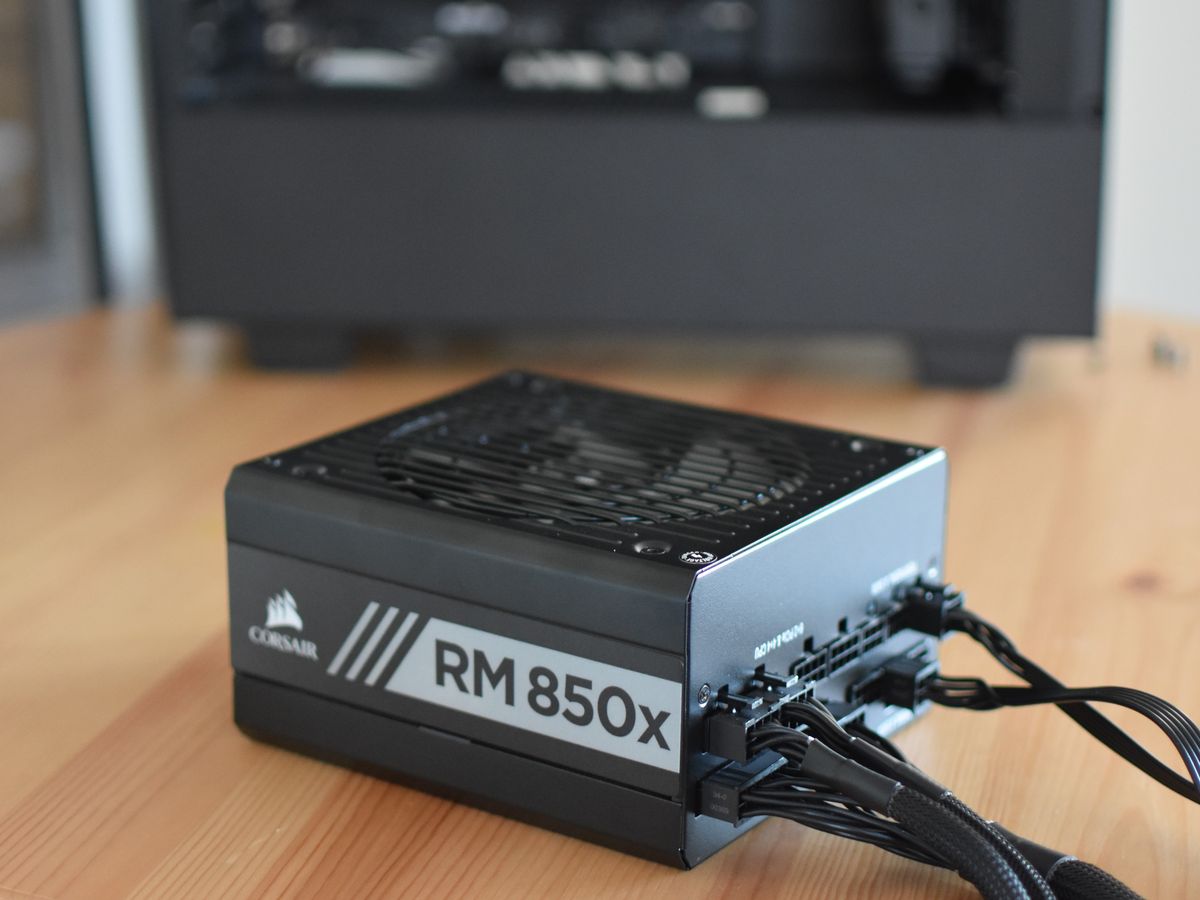Introduction
The GTX 1080 is a high-performance graphics card that offers incredible gaming and multimedia capabilities. With its powerful GPU and cutting-edge features, it has become the gaming enthusiasts’ go-to choice. However, to harness the full potential of the GTX 1080, it is crucial to have a suitable power supply unit (PSU) that meets its power requirements.
When it comes to GPUs, the PSU plays a crucial role in providing stable and sufficient power to ensure smooth and uninterrupted performance. Choosing the right PSU for your GTX 1080 is essential in order to avoid potential issues such as system instability, crashes, or even damage to your components.
In this article, we will discuss the power requirements of the GTX 1080 and the factors to consider when choosing a suitable PSU for it. Additionally, we will explore the minimum PSU requirements as well as the recommended PSU ratings for optimal performance. By the end of this article, you will have all the necessary information to make an informed decision and ensure a seamless gaming experience with your GTX 1080.
Before we dive into the details, it is essential to understand that the power requirements of a GPU are not solely dependent on the GPU itself. Other factors such as the CPU, motherboard, RAM, storage devices, and peripherals also contribute to the overall power consumption of the system. Therefore, it is important to consider the power requirements of the entire system to accurately determine the PSU rating needed for the GTX 1080.
Now that we have a general overview, let’s explore the power requirements of the GTX 1080 and the factors you should consider when selecting a PSU.
Power Requirements of the GTX 1080
The GTX 1080 is a power-hungry graphics card, and it requires a robust power supply to deliver the necessary power for its operation. The power requirements of the GTX 1080 are influenced by several factors, including its maximum power draw, the number of connectors it requires, and the efficiency of the PSU.
The maximum power draw of the GTX 1080 is specified by the manufacturer, and it is crucial to ensure that your PSU can deliver enough power to meet this requirement. The GTX 1080 has a TDP (Thermal Design Power) of 180 watts, meaning it can consume up to 180 watts of power under heavy load. However, it is worth noting that this is the maximum power draw, and the actual power consumption may vary depending on the workload and other system components.
In addition to the maximum power draw, the GTX 1080 also requires specific connectors from the PSU. This graphics card typically requires an 8-pin and a 6-pin power connector to provide the necessary power. These connectors are used to supply power directly to the graphics card, ensuring stable and reliable operation.
Another essential factor to consider is the efficiency of the PSU. Efficiency refers to how well a PSU converts AC power from the wall outlet to DC power for your components. A higher efficiency rating means that less power is wasted as heat, resulting in reduced energy consumption and lower electricity bills. It is recommended to choose a PSU with an 80 Plus certification, which ensures a high level of efficiency.
When selecting a PSU for the GTX 1080, it is important to consider not only the power requirements of the graphics card itself but also the power consumption of the entire system. Other components, such as the CPU, motherboard, RAM, and storage devices, all contribute to the overall power consumption. It is advisable to use online power supply calculators or consult a professional to determine the total power requirements of your system to ensure that the chosen PSU can handle the load.
Based on the power requirements of the GTX 1080 and the overall system, it is crucial to choose a PSU that can provide sufficient wattage and the required connectors to power your graphics card effectively. Having an inadequate or underpowered PSU can result in system instability, random crashes, or even damage to your components.
With a clear understanding of the power requirements of the GTX 1080, let’s move on to the factors to consider when choosing a PSU for this powerful graphics card.
Factors to Consider when Choosing a PSU for the GTX 1080
When selecting a power supply unit (PSU) for your GTX 1080, there are several crucial factors that need to be considered to ensure optimal performance and compatibility. Ignoring these factors may result in inadequate power delivery or potential system issues. Let’s explore the key factors you should consider when choosing a PSU for your GTX 1080.
Wattage: The wattage of the PSU is perhaps the most critical factor to consider. The GTX 1080 has a maximum power draw of 180 watts, but it is advisable to have some headroom for system efficiency and future upgrades. A PSU with a wattage rating of 500-600 watts is generally recommended for the GTX 1080.
Connectors: Take note of the necessary connectors required by the GTX 1080. As mentioned earlier, the GTX 1080 typically requires an 8-pin and a 6-pin power connector. Ensure that the PSU you choose has these specific connectors, or else you may need to use adapters or consider a different PSU.
Modularity: Modular PSUs allow you to connect only the necessary cables, minimizing cable clutter and improving airflow in your system. This can contribute to better cooling and overall system performance. Consider opting for a modular PSU to enhance cable management and aesthetics.
Efficiency: The efficiency of a PSU refers to how effectively it can convert AC power from the wall outlet to DC power for your system components. Look for PSUs with an 80 Plus certification, such as 80 Plus Bronze, Silver, Gold, or Platinum. Higher efficiency PSUs not only consume less power but also generate less heat, resulting in a quieter and more energy-efficient system.
Brand and Quality: It is vital to choose a PSU from a reputable brand known for producing reliable and high-quality power supplies. Brands like Corsair, EVGA, Seasonic, and Thermaltake are widely regarded for their PSU offerings. Investing in a well-established and trusted brand ensures better build quality, longer lifespan, and better customer support.
Additional Features: Consider any additional features that may be essential for your specific needs. For example, if you prioritize quiet operation, look for PSUs with features like silent or low-noise fans. If you live in an area with unstable power supply, consider a PSU with built-in surge protection or a UPS (uninterruptible power supply) for added protection.
Budget: Finally, consider your budget when choosing a PSU. While it is tempting to opt for a cheaper option, compromising on quality and power delivery may lead to poor performance or even hardware damage. Find a balance between cost and quality, ensuring you choose a PSU that meets your needs without sacrificing reliability.
By considering these factors, you can confidently select a PSU that is well-suited for your GTX 1080, providing stable power delivery and ensuring smooth and reliable performance. Now that we have covered the essential factors, let’s move on to exploring the minimum PSU requirements and recommended PSU ratings for the GTX 1080.
Minimum PSU Requirements for the GTX 1080
Choosing the right power supply unit (PSU) for your GTX 1080 is crucial to ensure proper power delivery and optimal performance. The minimum PSU requirements for the GTX 1080 will depend on its power draw and the overall power consumption of your system. Let’s take a closer look at the minimum PSU requirements for the GTX 1080.
The GTX 1080 has a maximum power draw of 180 watts, which means that a PSU capable of delivering at least 180 watts of power is the minimum requirement. However, it’s important to consider other components in your system that also consume power, such as the CPU, motherboard, RAM, storage devices, and peripherals.
To determine the minimum PSU requirement, it is recommended to use a power supply calculator or consult the specifications of each component in your system. This will give you a rough estimate of the total power consumption. As a general guideline, a PSU with a wattage rating of 500-600 watts should be sufficient for most GTX 1080 systems.
It’s essential to have some headroom in terms of wattage to account for system efficiency and potential future upgrades. Having a higher wattage PSU than the minimum requirement allows for more stable power delivery, reduces the load on the PSU, and helps extend its lifespan.
In addition to wattage, also ensure that the selected PSU has the necessary connectors required by your GTX 1080. The GTX 1080 typically requires an 8-pin and a 6-pin power connector. Double-check that the PSU you choose has these connectors to provide power to your graphics card.
Remember, the minimum PSU requirements are just a starting point. It’s always better to err on the side of caution and choose a PSU with a slightly higher wattage to provide ample power to your GTX 1080 and other components.
Now that we understand the minimum PSU requirements for the GTX 1080, let’s move on to discussing the recommended PSU ratings for optimal performance.
Recommended PSU Ratings for the GTX 1080
When it comes to the power supply unit (PSU) for your GTX 1080, it’s important to choose a PSU that not only meets the minimum requirements but also offers headroom for optimal performance. The recommended PSU ratings for the GTX 1080 depend on various factors such as power draw, system efficiency, and potential future upgrades.
As mentioned earlier, the GTX 1080 has a maximum power draw of 180 watts. However, this is not the only power consumption you need to consider. To ensure stability and to accommodate other power-hungry components, a PSU with higher wattage is recommended.
A PSU rated between 500 and 600 watts is generally recommended for the GTX 1080. This wattage range provides sufficient power for the graphics card while allowing headroom for other system components. Choosing a PSU with higher wattage ensures stable power delivery and can provide room for future upgrades or additional hardware.
While wattage is a crucial consideration, other factors like efficiency and quality should also be taken into account. It’s advisable to choose a PSU with an efficiency rating of 80 Plus Bronze or higher. Higher efficiency PSUs consume less power, generate less heat, and provide more stable power delivery, resulting in better overall system performance.
Additionally, investing in a high-quality PSU from a reputable brand ensures reliability, better build quality, and longevity. Brands like Corsair, EVGA, Seasonic, and Thermaltake are known for their reliable power supplies and excellent customer support.
Modular PSUs are another consideration. They offer the advantage of easy cable management by allowing you to connect only the necessary cables, minimizing clutter and improving airflow in your system. This can contribute to better cooling and performance.
Lastly, consider any additional features that may be important to you. If you prioritize quiet operation, look for PSUs with features like silent fans or fanless designs. If you live in an area with unstable power supply, consider a PSU with built-in surge protection for added peace of mind.
By choosing a PSU that aligns with these recommended ratings and factors, you can ensure stable and efficient power delivery to your GTX 1080 and the entire system. This will result in optimal performance, longevity, and a smoother gaming experience.
Now that we’ve discussed the recommended PSU ratings, let’s conclude the article by summarizing the key takeaways.
Conclusion
Choosing the right power supply unit (PSU) is essential for maximizing the performance and longevity of your GTX 1080 graphics card. By considering the power requirements, connectors, modularity, efficiency, brand and quality, additional features, and budget, you can make an informed decision when selecting a PSU.
When it comes to the GTX 1080, the minimum PSU requirement is generally around 180 watts, but it is recommended to choose a PSU with a higher wattage range of 500-600 watts. This provides sufficient power for the graphics card while accommodating other system components and potential future upgrades.
Ensuring that the PSU has the necessary connectors, such as an 8-pin and a 6-pin power connector, is important for proper power delivery to the GTX 1080. Additionally, considering a modular PSU can help with cable management and improve system cooling.
An efficiency rating of 80 Plus Bronze or higher is recommended, as it indicates a higher level of power conversion efficiency, resulting in lower energy consumption and better overall system performance.
Choosing a reliable PSU from a reputable brand ensures better build quality, longevity, and customer support. Brands like Corsair, EVGA, Seasonic, and Thermaltake are known for their high-quality PSUs.
Lastly, consider any additional features that are important to you, whether it’s silent operation, surge protection, or other specific needs that align with your usage and environment.
By carefully considering these factors, you can confidently choose a PSU that meets the power requirements of your GTX 1080, provides stable power delivery, and ensures optimal performance for your gaming and multimedia needs.
Remember, selecting the right PSU is not just about meeting the minimum requirements but also about future-proofing your system and maintaining its stability. Invest in a high-quality PSU to protect your components and enjoy the full potential of your GTX 1080 graphics card.







